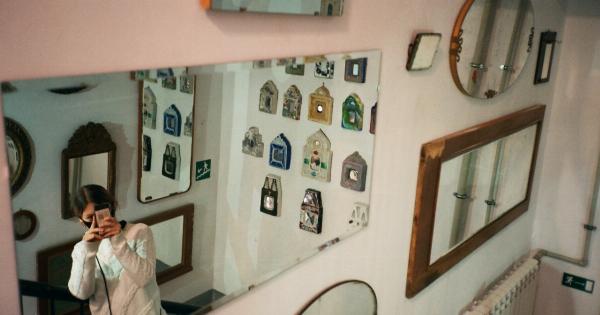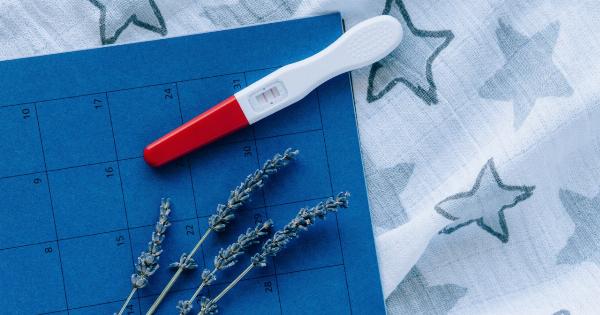It’s no secret that maintaining a healthy and lasting relationship is hard work. There are ups and downs, disagreements, and different communication styles to navigate.
But to make matters worse, there’s never really been a foolproof way to determine whether a relationship will last. Until now, that is.
Introducing the Relationship Longevity Test
A team of scientists from the University of California, Berkeley have developed a test that they claim can accurately predict the longevity of a romantic relationship.
The test, called the Relationship Longevity Test (RLT), was developed by a team of researchers led by Dr. Samantha Joel, a psychology professor at UC Berkeley.
The RLT is a series of questions that evaluates various aspects of a relationship, including communication, compatibility, and overall satisfaction.
The test takes about 20 minutes to complete and asks participants to rate statements like “I feel like my partner and I have a deep understanding of each other’s needs” and “My partner and I make decisions together that are best for us as a couple.”.
The Science Behind the Test
So, how does the RLT work? According to Dr. Joel, the test is based on research that shows there are certain predictors of relationship success.
“We know that things like communication, compatibility, and overall satisfaction are important factors in determining whether a relationship will last,” she says. “So, we developed a test that evaluates these factors and gives couples an idea of how strong their relationship is.”.
Dr. Joel and her team tested the RLT on a group of 104 couples who had been together for an average of three years. They found that the test was able to accurately predict which couples would stay together and which would break up.
Specifically, the RLT was able to predict whether a couple would still be together a year later with an accuracy rate of 79 percent.
What This Means for Couples
The RLT has the potential to be a game-changer for couples who are unsure about the longevity of their relationship. By taking the test, couples can get a better idea of the strengths and weaknesses of their relationship and make decisions accordingly.
For example, if a couple takes the RLT and finds that they score low in certain areas, they may decide to work on those aspects of their relationship in order to strengthen their bond.
On the other hand, if a couple scores high on the test, they may feel more confident about the future of their relationship.
Limitations of the Test
While the RLT is a promising tool for couples, it’s important to note that it’s not foolproof. There are many factors that can influence the longevity of a relationship, including external stressors like work and family obligations.
Additionally, the RLT only accounts for the perceptions of the individuals taking the test. It’s possible that one partner may see the relationship as stronger than the other, and this could affect the accuracy of the test.
The Future of the RLT
Dr. Joel and her team are hopeful that the RLT will continue to be a valuable tool for couples in the future. They plan to conduct more studies to refine the test and make it even more accurate.
“We think the RLT has the potential to be a really useful tool for couples,” says Dr. Joel. “We’re excited to see how it can be used to help people build stronger, more lasting relationships.”.
Conclusion
The Relationship Longevity Test is a promising new tool for couples who are unsure about the longevity of their relationship. While it’s not foolproof, it provides a useful framework for evaluating the strengths and weaknesses of a relationship.
By taking the test, couples can get a better idea of where they stand and make informed decisions about the future of their relationship.






























